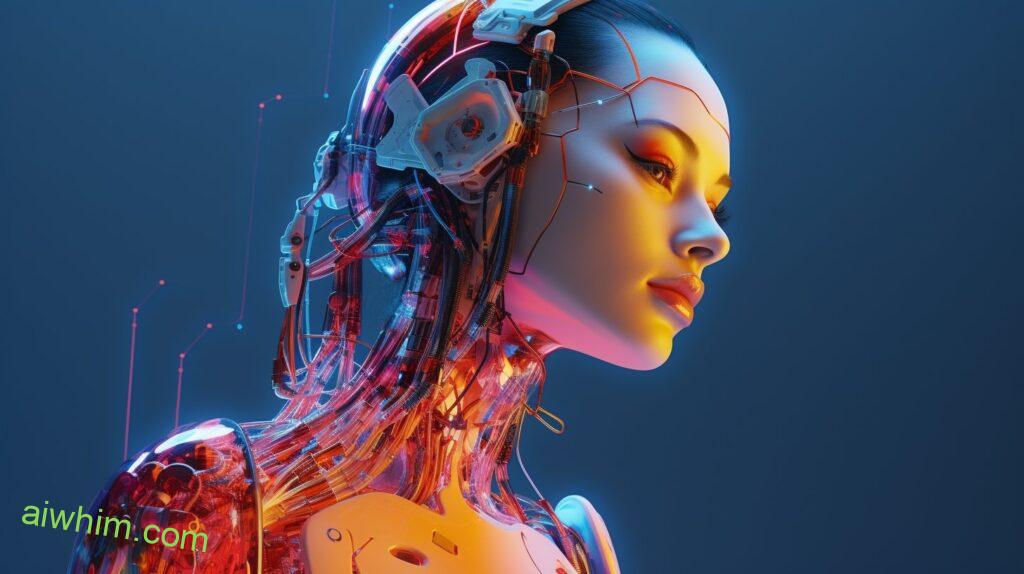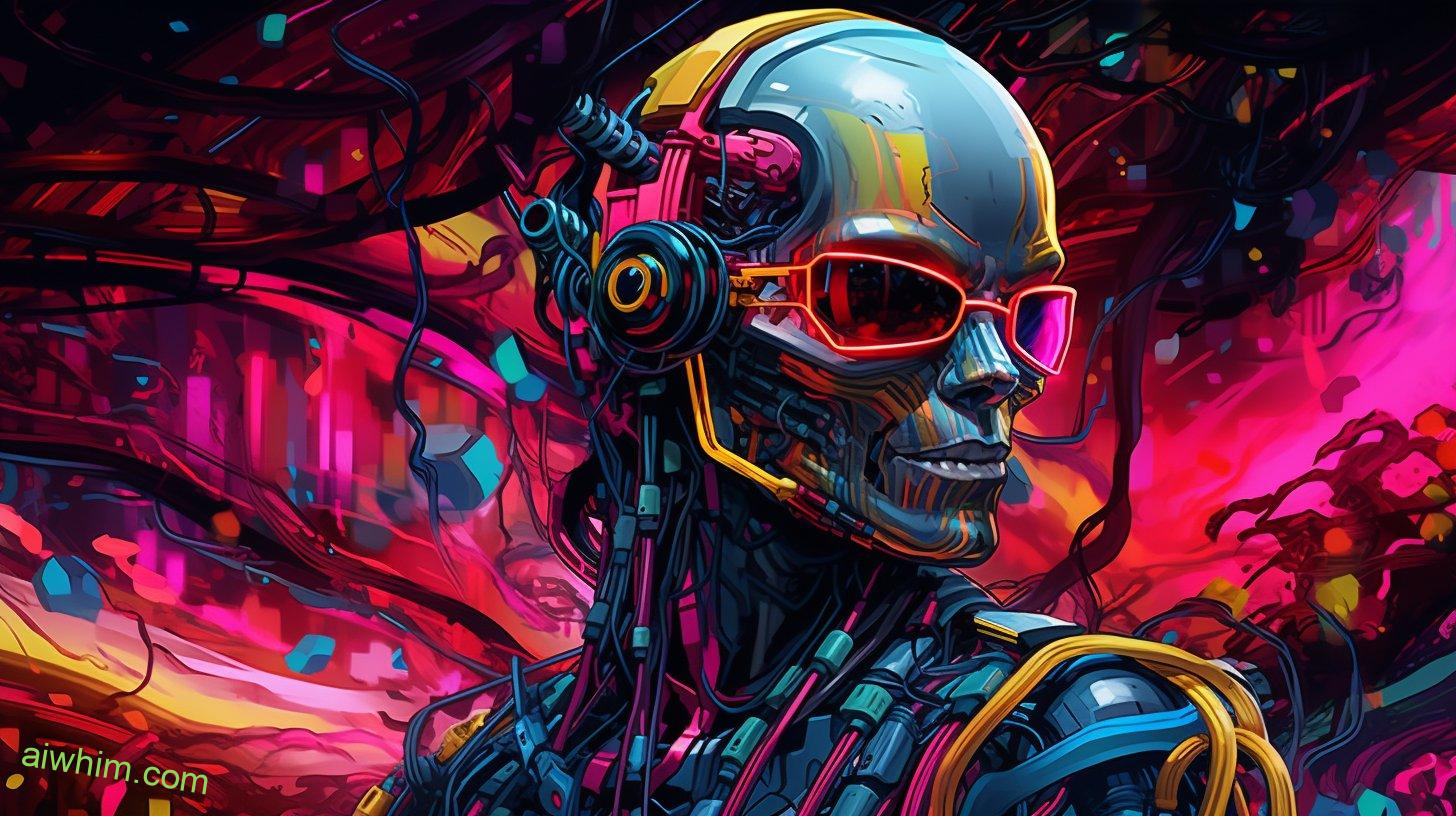Are you ready to embrace the future, where artificial intelligence takes center stage in the world of fashion?
Can AI replace fashion designers, those visionaries who have shaped style for centuries?
In this article, we explore the role of AI in fashion design and its potential to transform the industry.
Discover how advancements in technology are challenging traditional creative processes and whether AI can truly emulate the aesthetic sense and emotional element that human designers bring.
Get ready to envision a future where human creativity meets AI dominance.
Key Takeaways
- AI can analyze massive amounts of data quickly and efficiently, providing designers with insights and inspiration for creating customer-centric designs.
- AI algorithms alone may not possess human intuition, creativity, and emotion, indicating that AI cannot fully replace the artistic and emotional elements of fashion design.
- AI technology enables personalized shopping experiences based on individual tastes and body shape, reducing returns due to ill-fitting garments.
- AI integration in fashion manufacturing streamlines processes, increasing productivity and efficiency.
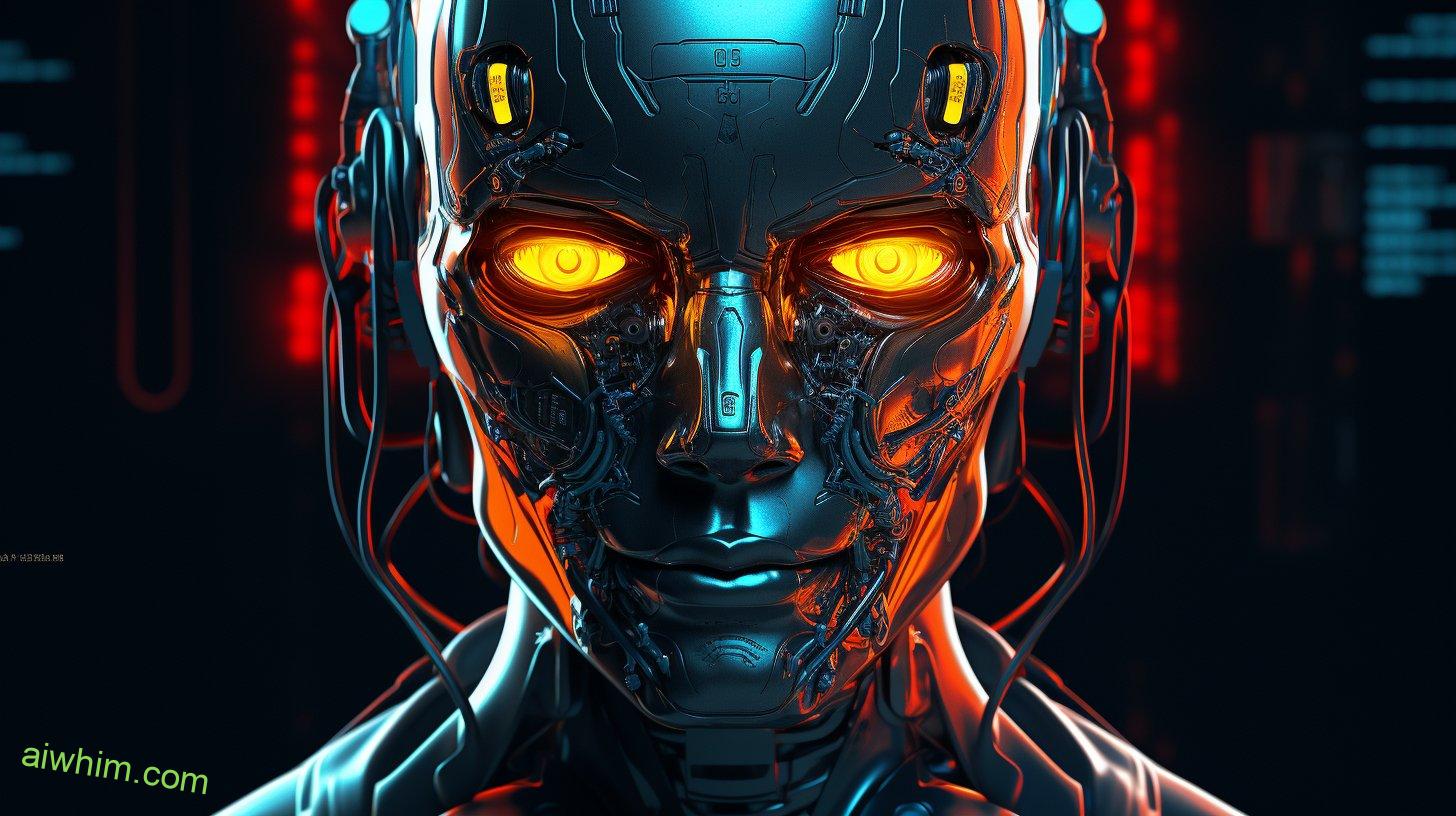
The Role of Artificial Intelligence in Fashion Design
You might be wondering, can AI replace fashion designers in the future? Well, let’s explore the role of artificial intelligence in fashion design.
AI has its advantages in this field, but it also has some limitations.
One of the advantages of AI in fashion design is its ability to analyze massive amounts of data quickly and efficiently. AI algorithms can process information about customer preferences, trends, and market demands at a much faster pace than humans. This allows designers to make informed decisions based on accurate insights and predictions.
AI can also assist in the creative process by generating unique designs and patterns. By analyzing existing designs and patterns from various sources, AI algorithms can create new and innovative combinations that appeal to different segments of the market. This not only saves time for designers but also provides them with fresh ideas to work with.
However, there are limitations when it comes to relying solely on AI for fashion design. Fashion is an art form that often requires human intuition, creativity, and emotion. While AI can generate designs based on data analysis, it may struggle with capturing the nuances and subtleties that make a design truly exceptional.
Additionally, fashion design involves more than just creating beautiful garments; it also includes factors like fabric selection, fitting adjustments, and attention to detail. These aspects require hands-on experimentation and an understanding of materials that may be challenging for AI systems alone.
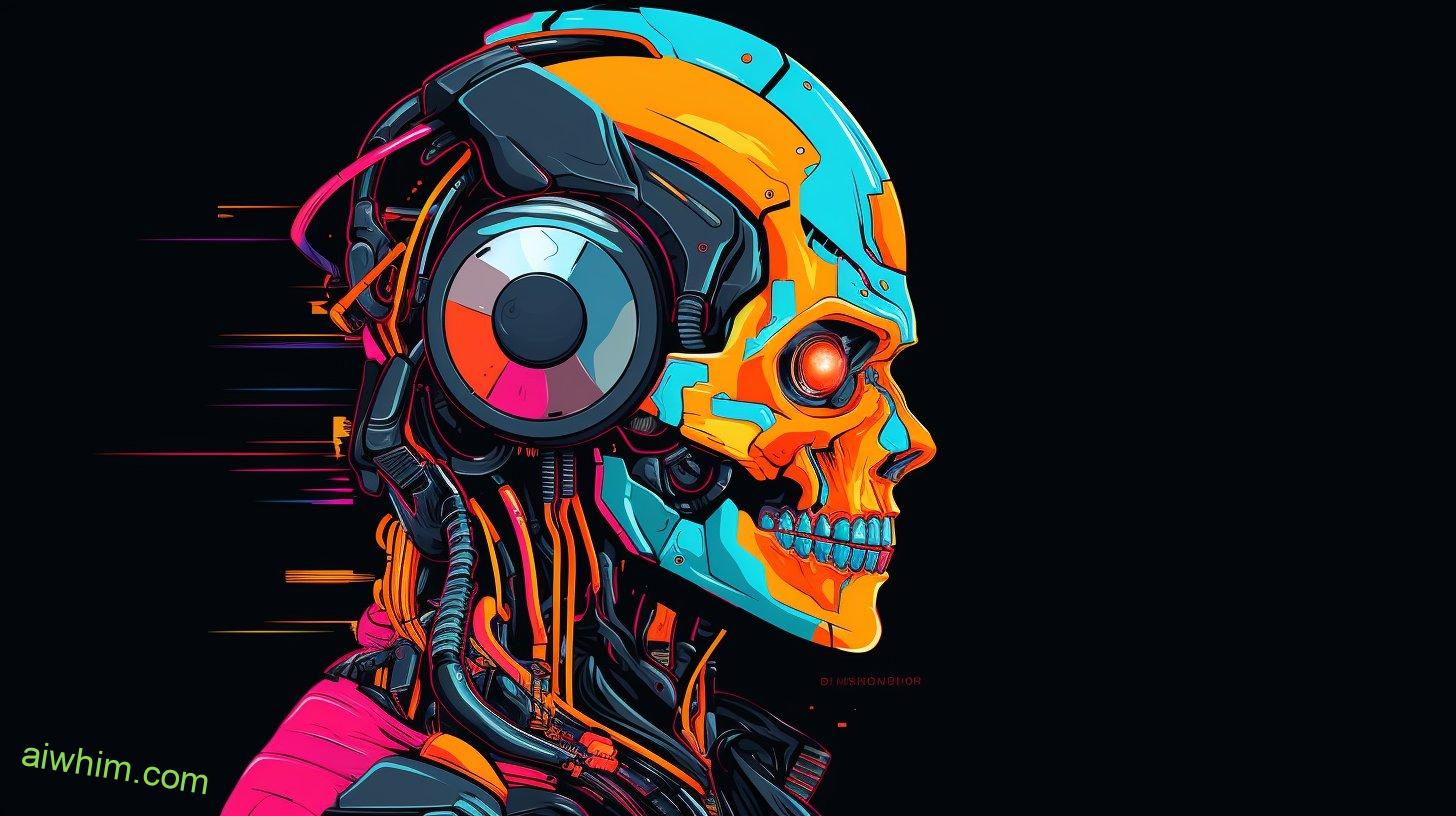
Advancements in AI Technology for Fashion Design
The use of advanced AI technology is revolutionizing the way clothing is created and designed. With continuous advancements in AI technology, the fashion industry is experiencing a significant impact that cannot be ignored. Here’s how it is shaping the future of fashion:
- More Efficient Design Process: AI algorithms can analyze vast amounts of data, including customer preferences, market trends, and historical sales data. This enables designers to make more informed decisions when creating new designs. By using AI-powered tools, designers can generate multiple design options quickly and efficiently. This streamlines the design process and allows for greater creativity and experimentation. AI software can also assist in pattern making and fabric selection by suggesting optimal combinations based on factors like comfort, durability, and aesthetics. This helps designers create garments that meet both functional and aesthetic requirements.
- Personalized Shopping Experience: AI technology enables fashion brands to offer personalized recommendations to customers based on their style preferences, body shape, and previous purchases. By analyzing customer data, such as browsing history and social media interactions, AI algorithms can accurately predict individual tastes. Virtual fitting rooms powered by AI allow customers to try on clothes virtually before making a purchase decision. This not only enhances convenience but also reduces returns due to ill-fitting garments.
These advancements in AI technology are revolutionizing the fashion industry by increasing efficiency in the design process and providing a personalized shopping experience for customers. As more brands embrace this technology, we can expect further innovations that will shape the future of fashion in exciting ways.
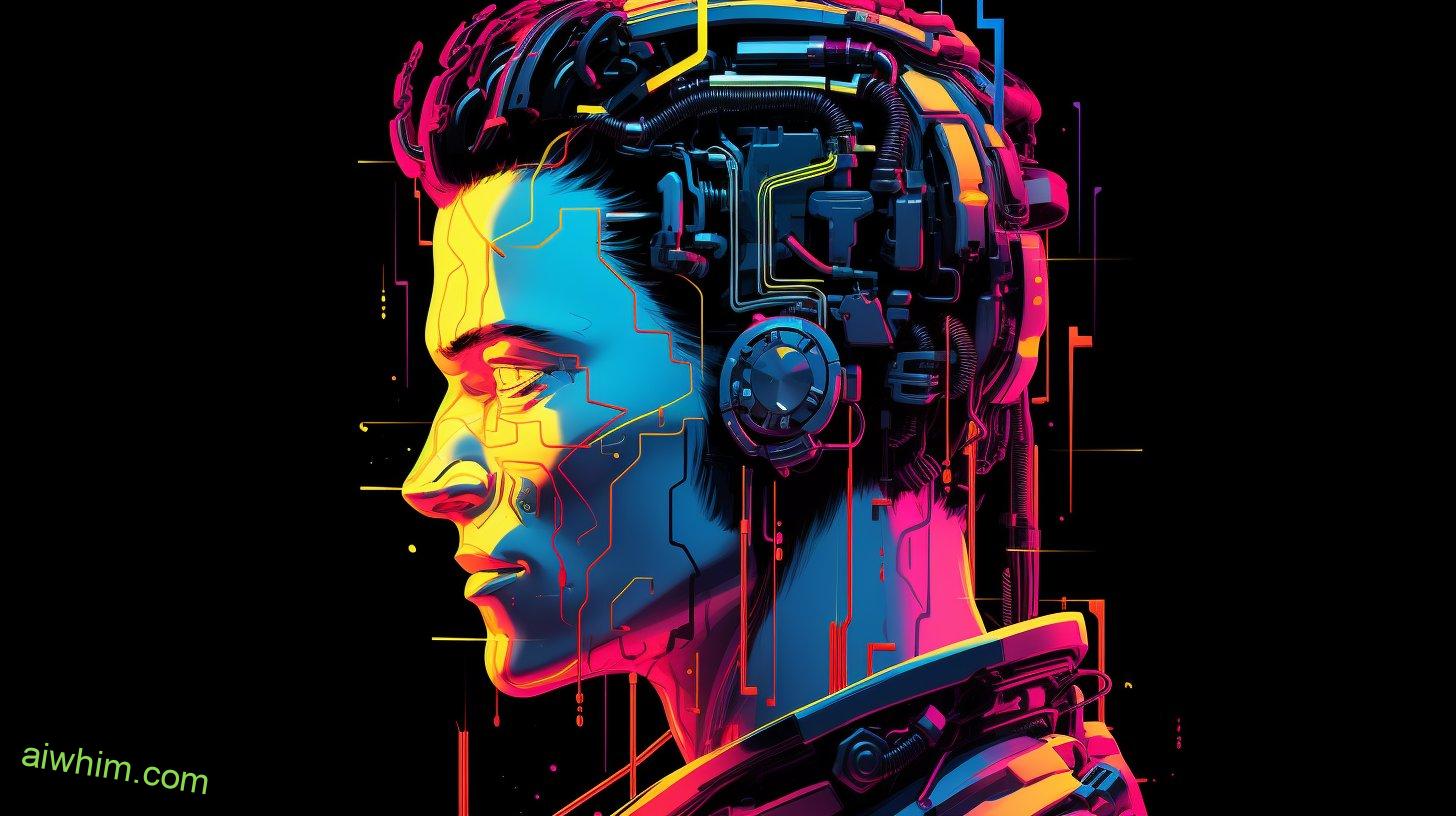
How AI Is Transforming the Fashion Industry
By utilizing advanced AI technology, you are able to streamline your design process and offer personalized shopping experiences to your customers. AI-driven fashion trends are revolutionizing the industry, giving designers like yourself the freedom to explore new ideas and create innovative designs. With AI algorithms analyzing vast amounts of data, you can stay ahead of the curve and anticipate customer preferences before they even know what they want.
One way AI is transforming the fashion industry is through AI-powered virtual fashion shows. Instead of traditional runway shows, which can be expensive and time-consuming, you can now showcase your designs in a virtual environment. This not only saves you money but also allows for greater creativity as you can easily experiment with different settings and themes.
With virtual fashion shows, customers have the freedom to view collections from anywhere in the world at any time. They can experience a 360-degree view of each garment and even see how it will fit on their own body through augmented reality technology. This personalized shopping experience enhances customer satisfaction and increases sales.
Furthermore, AI algorithms help you analyze customer data to identify trends and preferences more accurately. By understanding your customers’ tastes and purchasing behavior, you can create targeted marketing campaigns that resonate with them on a deeper level. This not only improves customer engagement but also helps reduce waste by producing only what is truly in demand.
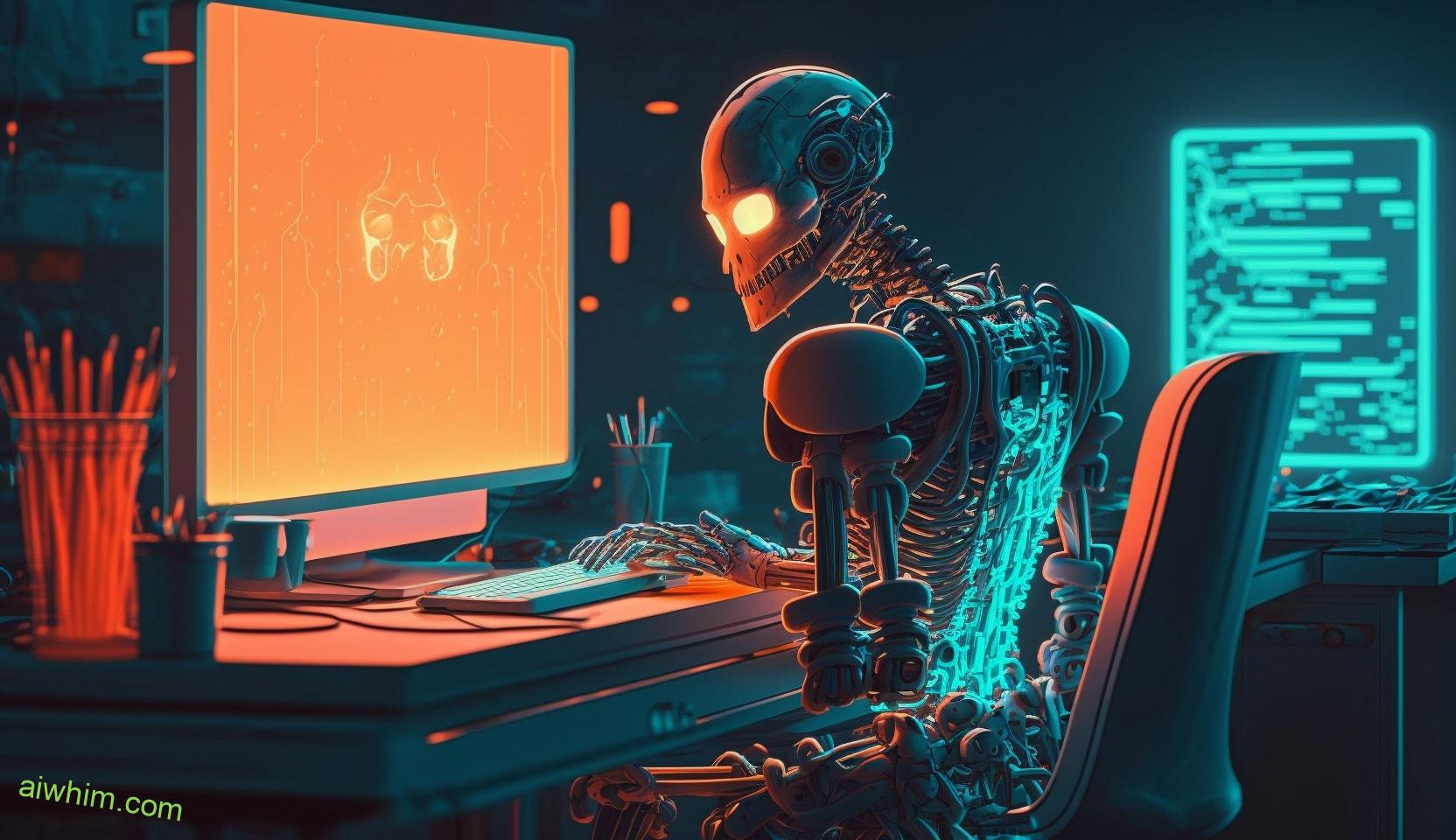
The Creative Process: AI Vs. Human Designers
When it comes to the creative process, there’s a debate between AI and human designers on who brings more originality and innovation to the table. Some argue that AI-generated designs can revolutionize the fashion industry, while others believe that human designers possess an irreplaceable touch of creativity.
Here are some points to consider:
- AI-Generated Designs
- With advancements in technology, AI can generate designs at a rapid pace, freeing up time for designers to focus on other aspects of their work.
- AI algorithms analyze vast amounts of data and trends, allowing for accurate predictions and insights into consumer preferences.
- The Limitations of AI in the Creative Process
- While AI excels at generating designs based on existing patterns or trends, it struggles with true innovation and thinking outside the box.
- The ability to incorporate emotions, cultural influences, and personal experiences into designs is something that humans excel at but is challenging for AI.
In a world where freedom of expression is valued, human designers provide a unique perspective that cannot be replicated by machines. They have the ability to push boundaries, challenge norms, and create groundbreaking creations. The human touch adds personality and authenticity to fashion designs.
However, this does not mean that AI has no place in the creative process. It can support designers by providing inspiration through its vast database of information and helping them refine their ideas. By working hand-in-hand with AI technology, designers can leverage its capabilities while still maintaining their own artistic vision.
Ultimately, it is not about choosing between AI or human designers but rather finding ways for both to collaborate harmoniously. Combining artificial intelligence with human creativity has the potential to unlock uncharted territories in fashion design – embracing innovation while preserving individuality.
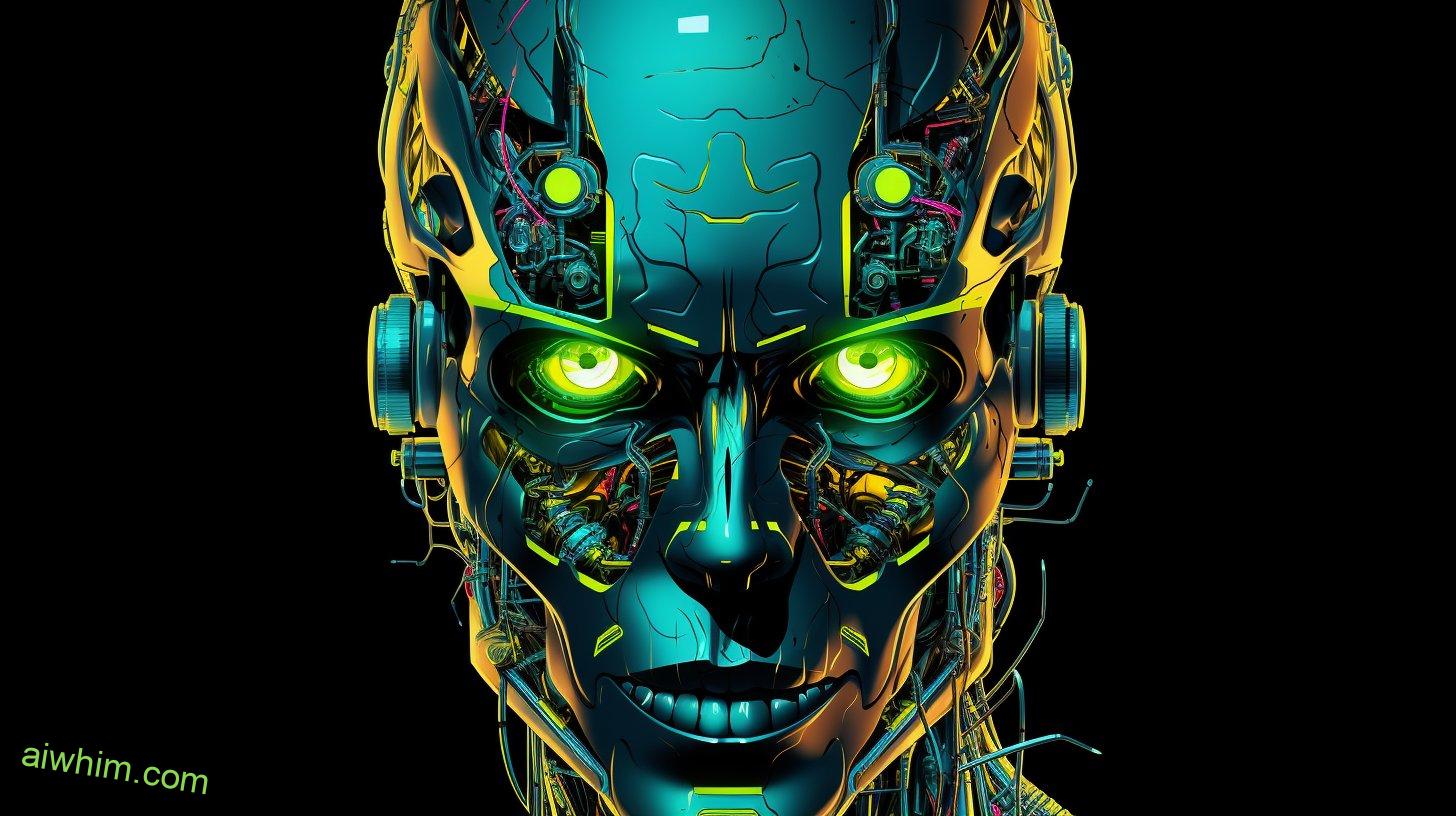
Can AI Emulate the Aesthetic Sense of Fashion Designers
Can AI accurately replicate the aesthetic sense of human fashion designers? It’s a question many ponder as technology continues to advance. AI in fashion marketing is gaining traction, with algorithms being used to analyze consumer data and predict trends. But can AI truly understand the nuances of style and create designs that resonate with people?
There are ethical implications to consider when it comes to using AI in fashion design. On one hand, AI has the potential to democratize the industry by making fashion more accessible and inclusive. It can help designers reach a wider audience and cater to diverse tastes. However, there is also concern about the impact on human creativity and employment.
While AI can process vast amounts of data and generate designs based on patterns and preferences, it lacks the subjective understanding that comes from human experience. Fashion is not just about aesthetics; it reflects cultural, social, and personal identities. It’s about emotions, expressions, and individuality.
As an audience that desires freedom, you value creative expression that is authentic and unique. You appreciate the craftsmanship, artistry, and thoughtfulness behind each design. While AI may be able to replicate certain aspects of fashion design, it cannot fully capture the essence of what makes it truly special.
Incorporating AI in fashion marketing can be beneficial for businesses as they seek to understand consumer behavior and tailor their offerings accordingly. However, we should also be mindful of striking a balance between embracing technological advancements while preserving our appreciation for human creativity.

AI-Generated Designs: A Threat or an Opportunity
Imagine the possibilities of AI-generated designs – they have the potential to revolutionize the fashion industry and open up new opportunities for creativity and innovation. With AI taking over certain aspects of design, it’s natural to wonder if this technology could replace human fashion designers in the future. But before jumping to conclusions, let’s explore both the threats and opportunities that AI-generated designs present:
- Threats:
- Job displacement: One concern is that AI may eliminate the need for human designers, potentially leading to job loss within the industry.
- Lack of human touch: Fashion is an art form that often reflects personal emotions and experiences. Some worry that AI-generated designs might lack the emotional depth and unique perspectives that humans bring.
- Opportunities:
- Enhanced efficiency: AI can process vast amounts of data quickly, allowing designers to generate ideas faster than ever before.
- Limitless creativity: By utilizing AI tools, designers can push boundaries and experiment with unconventional concepts without limitations.
While there are valid concerns about job security and losing the human touch in fashion design, it’s important to remember that true freedom lies in embracing change rather than resisting it. Instead of viewing AI as a threat, we should see it as a tool that can amplify our creative abilities. Imagine collaborating with an intelligent algorithm that understands your design aesthetics but also challenges you to think outside the box.
The future of fashion creativity lies in striking a balance between man and machine. By incorporating AI-generated designs into our creative processes, we can unlock new levels of inspiration and explore uncharted territories. Let go of fear, embrace innovation, and together let’s shape a future where both humans and AI thrive in harmony within the fashion industry.
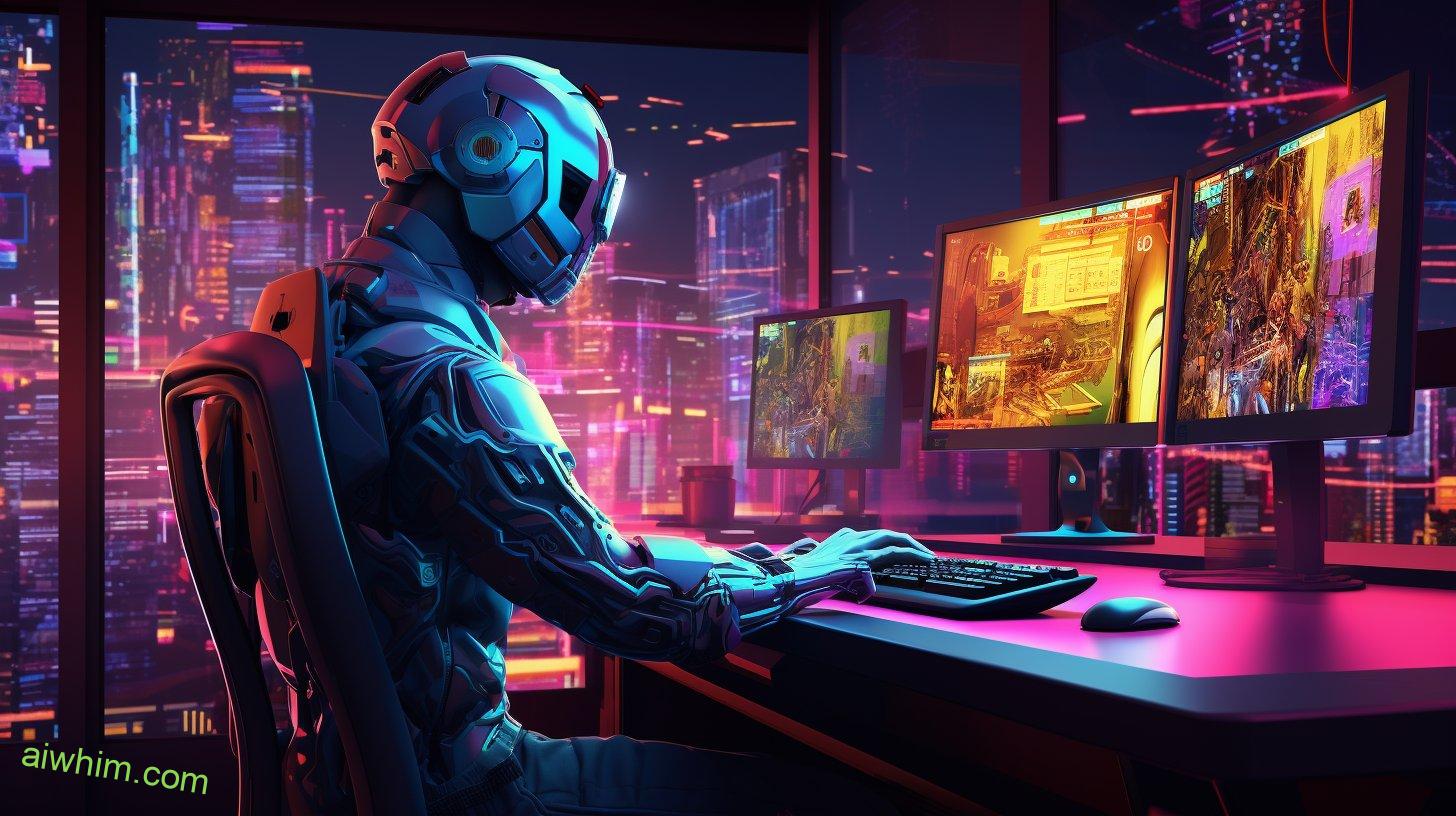
The Impact of AI on Fashion Trends and Forecasting
You should embrace the impact of AI on fashion trends and forecasting, as it has the potential to revolutionize how we predict and stay ahead of the latest fashion movements. The impact of AI on fashion retail is undeniable.
With advancements in machine learning and data analysis, AI can now analyze vast amounts of data from social media, online shopping patterns, and runway shows to identify emerging trends before they even hit the mainstream.
One way AI is making its mark on the fashion industry is through AI-powered virtual fashion assistants. These assistants use algorithms to learn your personal style preferences and recommend outfits that suit your taste. They can also provide real-time trend updates, helping you stay ahead of the curve without having to spend hours scrolling through Instagram or flipping through fashion magazines.
AI is also transforming the way we forecast future fashion trends. Traditional methods often rely on human intuition and subjective opinions. However, with AI’s ability to analyze large datasets and detect patterns, it can make more accurate predictions about which styles will be popular in the coming seasons.
The impact of AI on fashion retail goes beyond just predicting trends; it can also improve inventory management and supply chain operations. By analyzing customer data and sales patterns, AI can help retailers optimize their stock levels, reducing waste and improving profitability.

The Integration of AI in Fashion Manufacturing
To fully embrace the integration of AI in fashion manufacturing, it’s important to understand how this technology is revolutionizing production processes and improving efficiency. With automation becoming more prevalent in various industries, fashion manufacturing is no exception. AI is being integrated into every aspect of the production process, from design to distribution, streamlining operations and increasing productivity.
Here are some key ways in which AI is transforming fashion manufacturing:
- Design Assistance: AI algorithms can analyze vast amounts of data on consumer preferences, market trends, and historical sales to provide designers with valuable insights and inspiration. This helps them create designs that are not only aesthetically pleasing but also aligned with what customers want.
- Supply Chain Optimization: AI-powered systems can optimize inventory management by predicting demand patterns and automating reorder processes. This reduces wastage and ensures that products are available when customers need them.
Additionally, AI can enhance quality control by analyzing images and identifying any defects or inconsistencies in the production line. This not only saves time but also improves the overall quality of the final product.
- Virtual Fitting Rooms: By leveraging augmented reality (AR) technology, AI allows customers to virtually try on clothes before making a purchase. This eliminates the need for physical fitting rooms, enhancing convenience for shoppers while reducing returns for retailers.
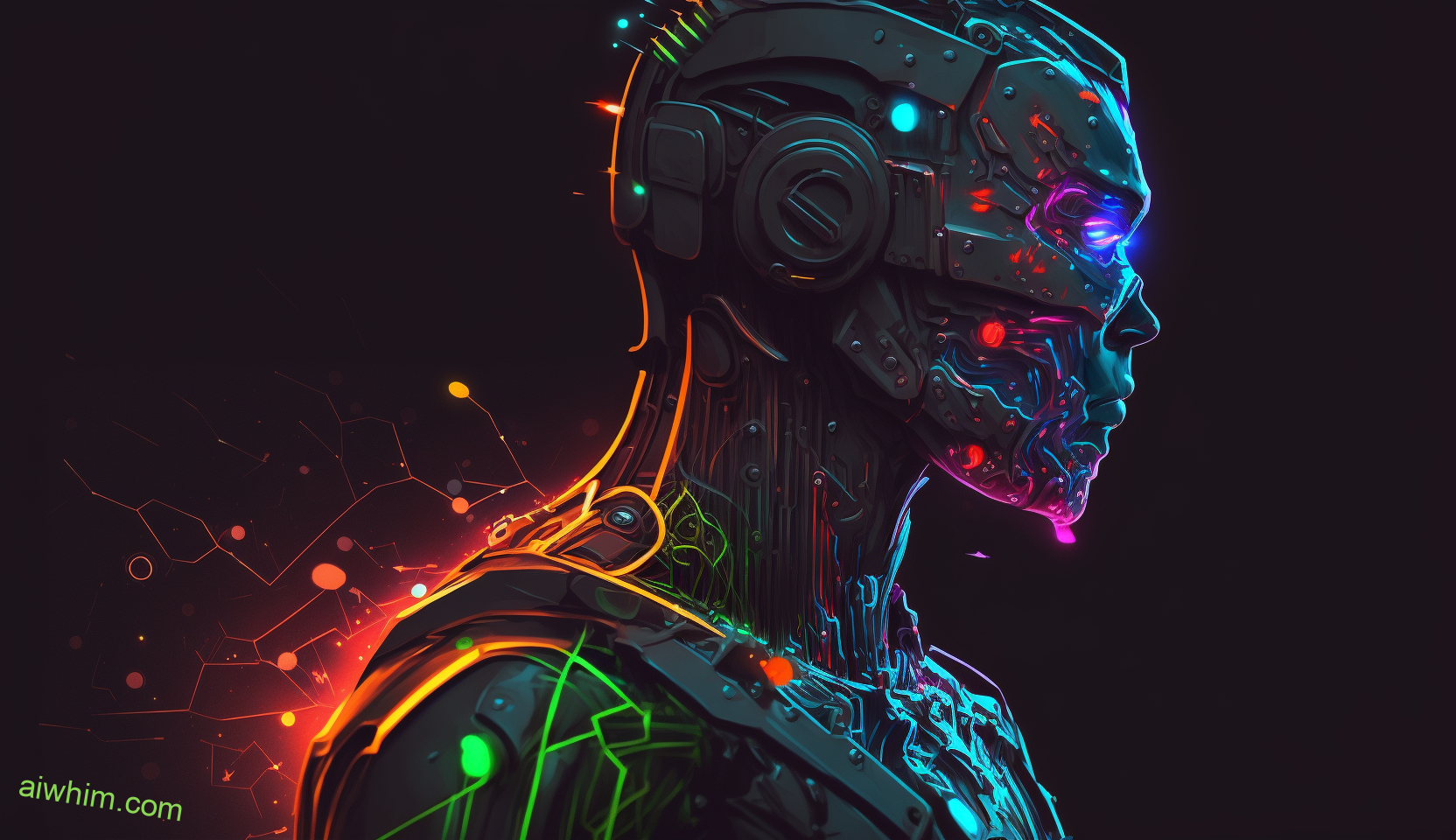
Ethical Concerns: AI and the Future of Fashion Design
As ethical concerns arise, it’s important for you to consider the impact of integrating AI in the fashion industry and how it may shape the direction of design. The rise of artificial intelligence has undoubtedly brought about numerous advancements and improvements in various industries, including fashion. However, along with these developments come ethical implications and privacy concerns that need to be addressed.
One major ethical concern surrounding AI in fashion design is the potential replacement of human designers. While AI algorithms can analyze vast amounts of data and generate designs quickly and efficiently, it raises questions about the role of creativity and originality in fashion. Designers bring a unique perspective, emotion, and personal touch to their creations that cannot be replicated by a machine.
Additionally, privacy concerns also come into play when using AI in the fashion industry. As companies collect massive amounts of data from consumers for personalized recommendations or virtual fitting rooms powered by AI, there is a risk of this information being misused or falling into the wrong hands. It’s crucial for businesses to prioritize data security measures and ensure transparency regarding how consumer data is being used.

AI as a Tool for Personalized Fashion Design
The integration of AI in the fashion industry has allowed for personalized fashion design experiences. With the help of advanced algorithms and machine learning, AI fashion assistants can now provide you with personalized fashion recommendations tailored to your unique style and preferences.
Here’s how AI is revolutionizing the way we interact with fashion:
- Effortless Style Inspiration: AI-powered platforms analyze your browsing history, social media posts, and even your physical attributes to understand your personal style. By using this data, they can suggest outfits that align with your taste and body type, saving you time and effort in searching for the perfect ensemble.
For example, imagine receiving an alert on your phone from your AI fashion assistant just as you’re about to head out for a night out. It suggests a stunning dress that perfectly complements your figure and pairs it with accessories that match your preferred color palette. With such personalized recommendations at your fingertips, looking stylish becomes effortless.
- Virtual Fitting Rooms: Thanks to augmented reality (AR) technology, virtual fitting rooms powered by AI allow you to try on clothes virtually without stepping foot into a physical store. By simply uploading an image or inputting basic measurements, you can see how different garments will look on you before making a purchase.
Picture yourself standing in front of a mirror-like screen that transforms into various outfits as you browse through an online catalog. With each outfit change, the AR system adjusts the fit based on accurate measurements taken by its integrated sensors. This innovative technology empowers consumers by eliminating guesswork when shopping online.
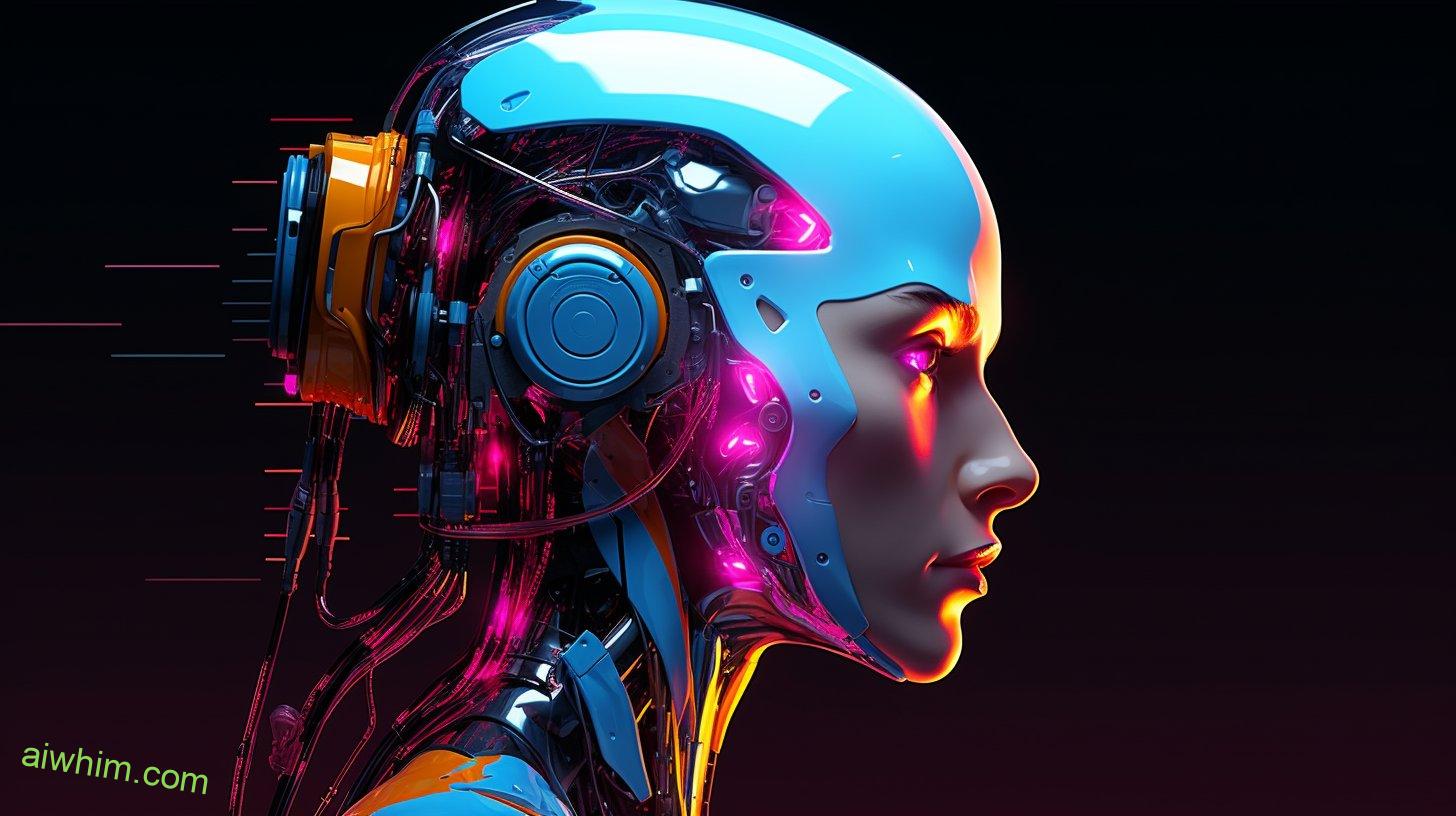
Collaborative Design: Human Designers and AI Working Together
Collaborative design is transforming the fashion industry by combining your creative abilities as a human designer with the analytical power of AI. Together, you and AI form a dynamic partnership that pushes the boundaries of fashion innovation and creativity. This collaboration allows you to explore new design possibilities, break free from traditional norms, and create garments that truly resonate with individuals who desire freedom in their style choices.
By working hand in hand with AI, you can leverage its capabilities to analyze vast amounts of data, identify trends, and gain valuable insights into consumer preferences. This information empowers you to make more informed design decisions and create collections that are not only visually appealing but also cater to the unique needs and desires of your target audience.
With collaborative design, you have access to an extensive array of tools and technologies that enhance your creative process. AI can generate design suggestions based on your input or even autonomously propose ideas for consideration. You can then take these suggestions as inspiration, refine them according to your vision, and ultimately bring them to life through your expertise as a designer.
The human-AI partnership also enables faster prototyping and iteration processes. With AI’s computational power, you can simulate different variations of designs quickly and easily. By receiving instant feedback on fabric choices, color combinations, or silhouette modifications from AI algorithms, you can iterate rapidly until achieving perfection.
In this era of collaborative design between humans and AI systems, there is no limit to what you can achieve. Embrace this partnership wholeheartedly as it liberates your creativity while leveraging the analytical prowess of artificial intelligence – together creating a fashion revolution driven by freedom of expression and limitless possibility.

AI and Sustainability in Fashion Design
By leveraging the power of AI, you can create sustainable fashion that aligns with your growing demand for ethical and eco-friendly choices. Sustainability practices and AI integration go hand in hand when it comes to designing a better future for fashion.
Here’s how AI can help you incorporate sustainability practices into your fashion designs:
- Material Sourcing: With AI, you can access vast databases of sustainable materials, helping you make informed decisions about what fabrics to use. From organic cotton to recycled polyester, AI can assist you in finding the most environmentally friendly options.
- Waste Reduction: AI algorithms can analyze patterns and trends in consumer behavior, allowing you to predict which designs will be popular. By accurately forecasting demand, you can avoid overproduction and reduce waste in the industry.
And here are two more ways that AI integration supports sustainability in fashion design:
- Energy Efficiency: AI-powered systems can optimize energy consumption during the manufacturing process. By automating tasks like temperature control or machine maintenance, unnecessary energy usage is minimized.
- Supply Chain Transparency: Through blockchain technology combined with AI algorithms, designers have the ability to trace every step of their supply chain. This ensures transparency and accountability by providing information on where materials come from and how they were produced.
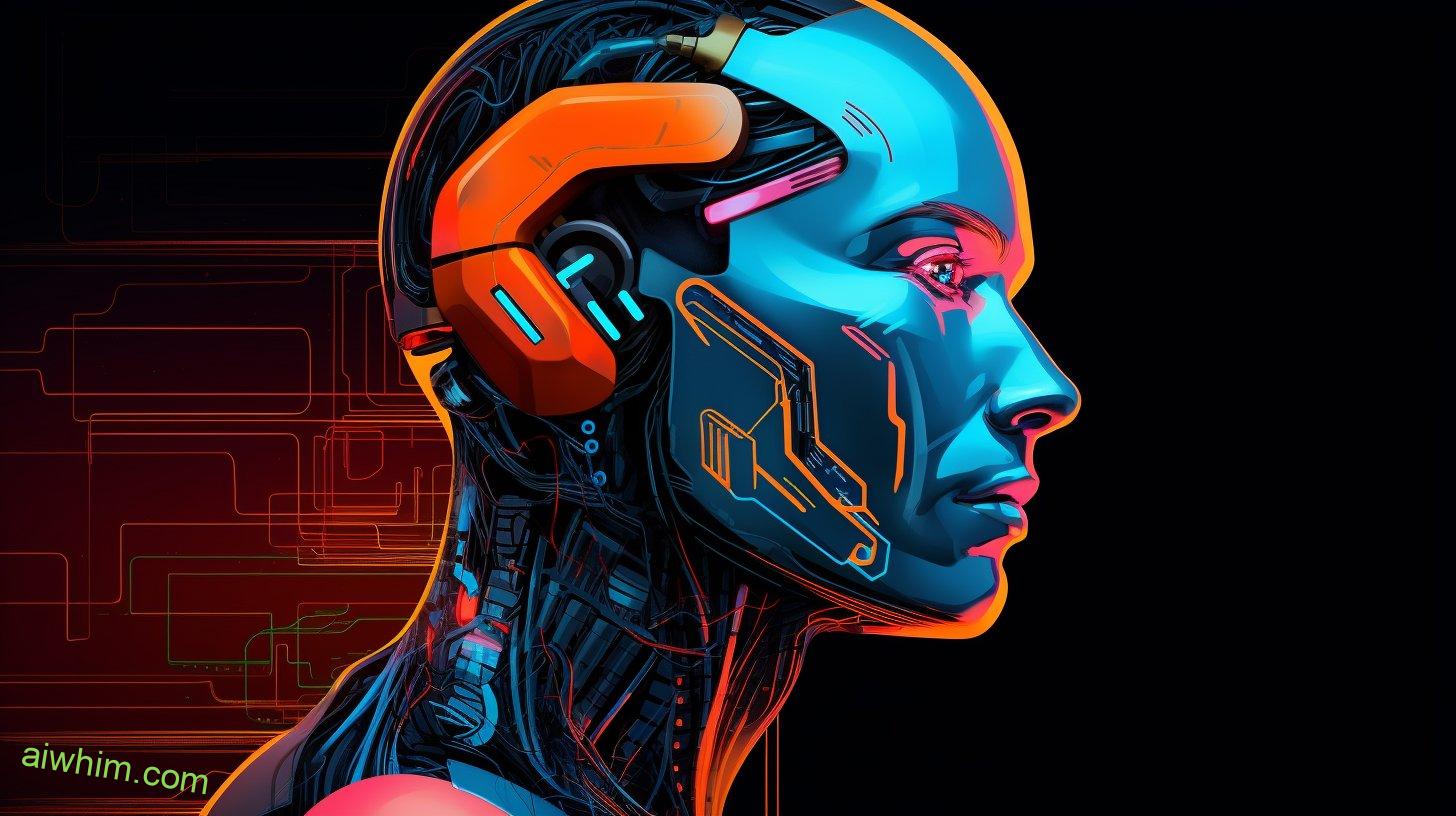
The Emotional Element: Can AI Create Fashion With Feeling
Imagine how exciting it would be to see fashion pieces that evoke deep emotions and resonate with your personal experiences. With the advancements in technology, AI has the ability to tap into human emotions and create fashion designs that truly speak to you. It’s a fascinating exploration of the relationship between AI and human emotions in fashion design.
AI’s ability to evoke emotions in fashion design is a testament to its potential as a creative force. By analyzing vast amounts of data on color palettes, patterns, fabrics, and styles, AI algorithms can generate unique designs that capture the essence of different emotions. Whether it’s a vibrant dress that exudes joy or a dark ensemble that conveys mystery and intrigue, AI has the power to create clothing that not only looks visually appealing but also stirs up strong emotional responses.
But what makes this relationship between AI and human emotions so intriguing is the freedom it offers. Fashion is an expression of oneself, a way to communicate who you are without saying a word. And with AI’s ability to understand human emotions, it opens up new possibilities for self-expression through clothing. You no longer have to settle for generic designs; instead, you can have fashion pieces created specifically for you – garments that reflect your personality and resonate with your own unique experiences.
This fusion of technology and emotion challenges traditional notions of creativity in fashion design. It pushes boundaries, blurring the lines between man-made artistry and artificial intelligence. The result? A world where fashion becomes deeply personal – where every garment tells a story and evokes powerful feelings within you.

AI Fashion Designers: The Pros and Cons
But don’t overlook the potential drawbacks of relying solely on AI for fashion design, as it may lack the nuanced creativity and human touch that designers bring to the table. While AI can offer some benefits in terms of efficiency and cost-effectiveness, there are limitations to its capabilities that may impact the job market in the future.
Here are some important things to consider:
- Limitations of AI Fashion Design:
- Lack of Emotional Connection: AI may struggle to capture the emotional aspect of fashion design, which is often influenced by personal experiences and cultural nuances.
- Limited Adaptability: AI relies heavily on historical data and patterns, making it less adaptable when it comes to creating innovative and groundbreaking designs.
- Impact on Job Market:
- Reduction in Traditional Design Roles: As AI continues to advance, there is a possibility that some traditional design roles may become obsolete or diminished.
- Shift towards Collaborative Roles: Rather than completely replacing designers, AI may lead to a shift in their roles towards collaboration with technology, where designers utilize AI tools as assistants rather than replacements.
It’s important to remember that while AI has its advantages, it cannot replicate the unique perspectives and creative intuition that humans possess. The future of fashion design will likely involve a balance between human ingenuity and technological innovation. So embrace this evolving landscape with an open mind – after all, freedom lies in embracing change and finding new possibilities.

The Future of Fashion Design: Human Creativity or AI Dominance?
Consider the potential impact on your role as a fashion creator, where the balance between human creativity and AI dominance will shape the future landscape.
In this rapidly evolving world, there is an ongoing debate about whether AI can replace fashion designers. While AI has undoubtedly revolutionized various industries, including fashion, it is essential to understand that human creativity cannot be replicated by technology.
As a fashion creator, you possess a unique ability to translate emotions and experiences into tangible designs. Your imagination fuels innovation and sets trends in motion. AI may have the capability to analyze vast amounts of data and generate designs based on patterns and algorithms, but it lacks the intuition and artistic flair that humans bring to the table.
The future of fashion design lies in striking a harmonious balance between human creativity and AI assistance. Instead of viewing AI as a threat, consider it as a tool that can enhance your creative process. With its help, you can streamline repetitive tasks like fabric sourcing or trend analysis, allowing more time for genuine artistic expression.
Embrace technology as an ally rather than an adversary. Utilize AI algorithms to gather insights from customer preferences and market trends while infusing your designs with your personal touch. Collaborate with intelligent machines to create innovative collections that captivate audiences worldwide.
The marriage of human creativity and AI intelligence holds immense potential for pushing boundaries in fashion design. By embracing this collaboration, you can unlock new realms of inspiration while staying ahead in this ever-evolving industry.
Remember that at its core, fashion is an expression of freedom – freedom to experiment with colors, textures, silhouettes; freedom to tell stories through garments; freedom to challenge societal norms. As long as you continue harnessing your innate creative abilities while leveraging technology’s power responsibly, there will always be room for human brilliance in shaping the future of fashion design.
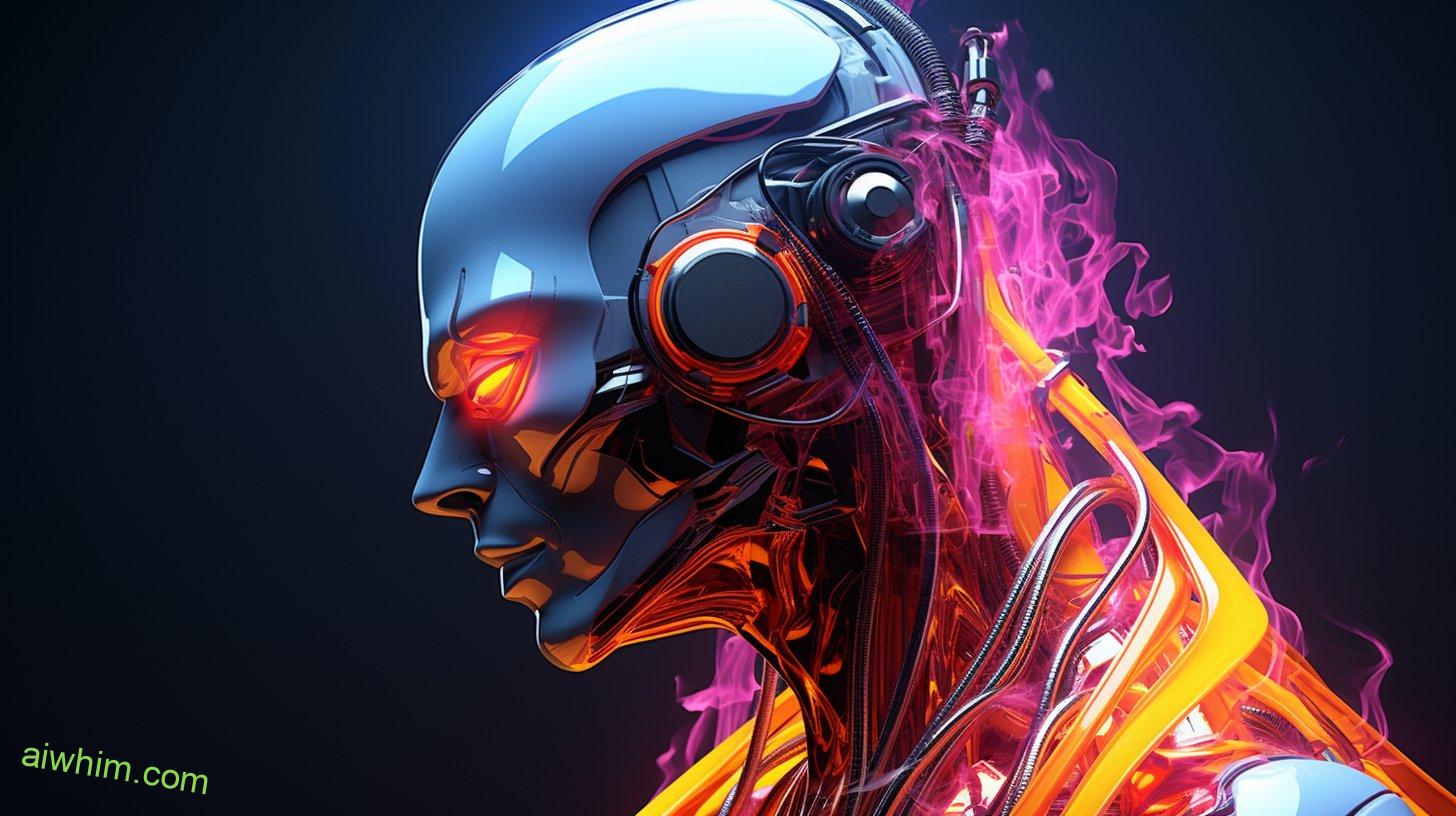
Frequently Asked Questions
How Can AI Be Integrated Into the Fashion Manufacturing Process?
You can integrate AI into the fashion manufacturing process by utilizing its capabilities in pattern design, fabric selection, and production planning. AI’s role in fashion production can enhance efficiency and streamline operations.
What Are Some Ethical Concerns Surrounding the Use of AI in Fashion Design?
When considering the use of AI in fashion design, it is important to address ethical concerns such as data privacy and job displacement. These issues are crucial for individuals who value personal freedom and fair employment practices.
Can AI Truly Emulate the Aesthetic Sense of Human Fashion Designers?
AI can’t truly emulate your aesthetic sense as a fashion designer. Its limitations lie in understanding human emotions and creativity. However, considering the future implications, AI may have the potential to assist and enhance your design process.
How Does AI Impact Fashion Trends and Forecasting?
AI’s influence on fashion marketing is astounding. It analyzes vast amounts of data to predict trends, helping brands tailor their strategies for success. AI also plays a role in personalized fashion recommendations, making shopping more efficient and enjoyable for you.
What Are the Pros and Cons of Using AI Fashion Designers?
Using AI fashion designers has pros and cons. It could impact the job market and raises ethical considerations. Integration of AI in manufacturing is possible, but AI lacks human aesthetic sense, impacting fashion trends and forecasting.
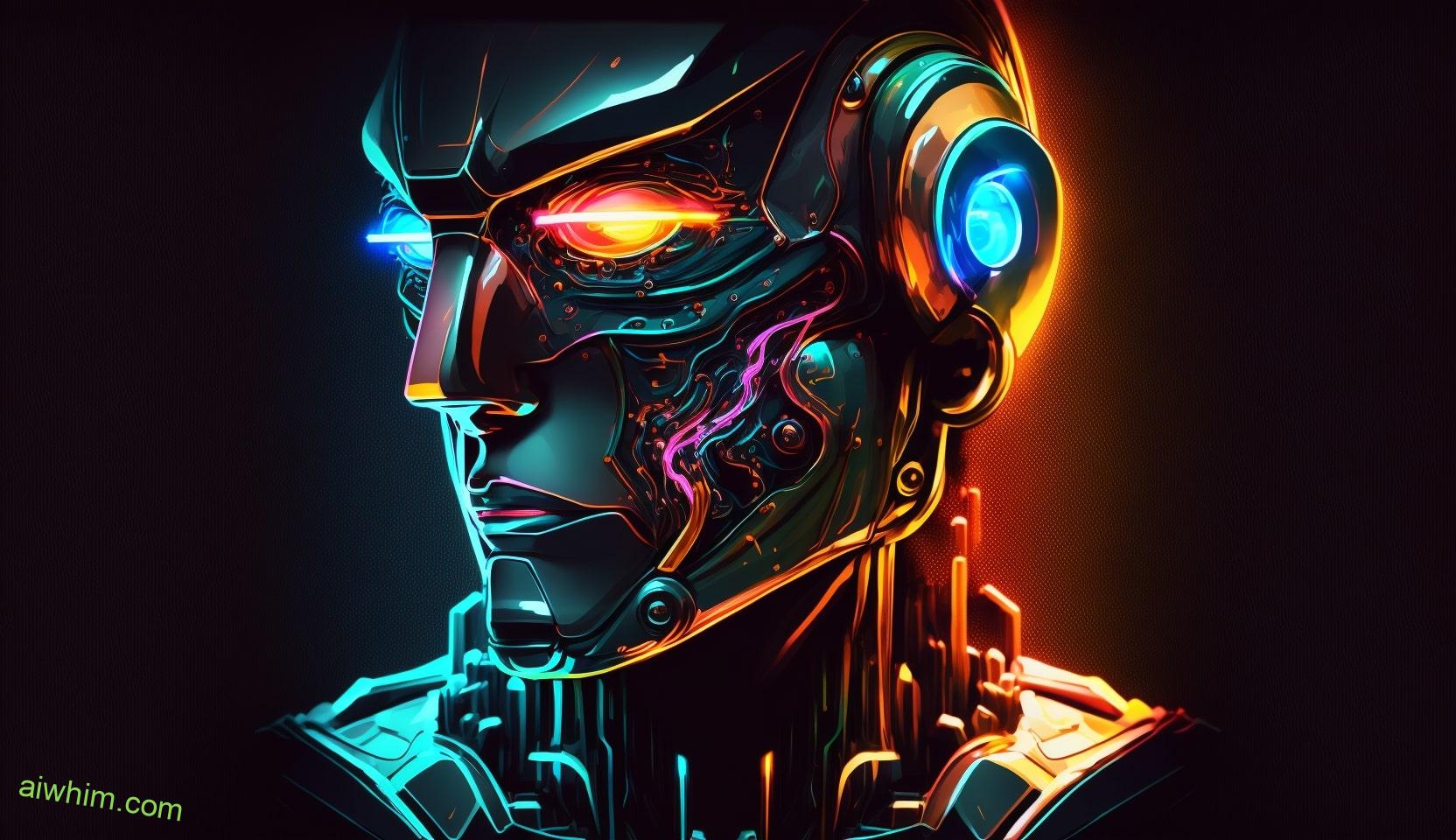
Conclusion
As you ponder the future of fashion design, one question lingers in your mind: Can AI truly replace human creativity?
While advancements in AI technology have undoubtedly transformed the fashion industry, there is still the intangible essence that only a human touch can bring. From the emotional element to sustainability concerns, AI designers have their limitations.
So, fear not! Your unique style and creative flair will continue to captivate and inspire. Fashion is an art form that thrives on human ingenuity, and it’s here to stay.

